Matt J. Smith
Strategy & Research
matthew.smith10[at]gmail[dot]com
matthew.smith10[at]gmail[dot]com
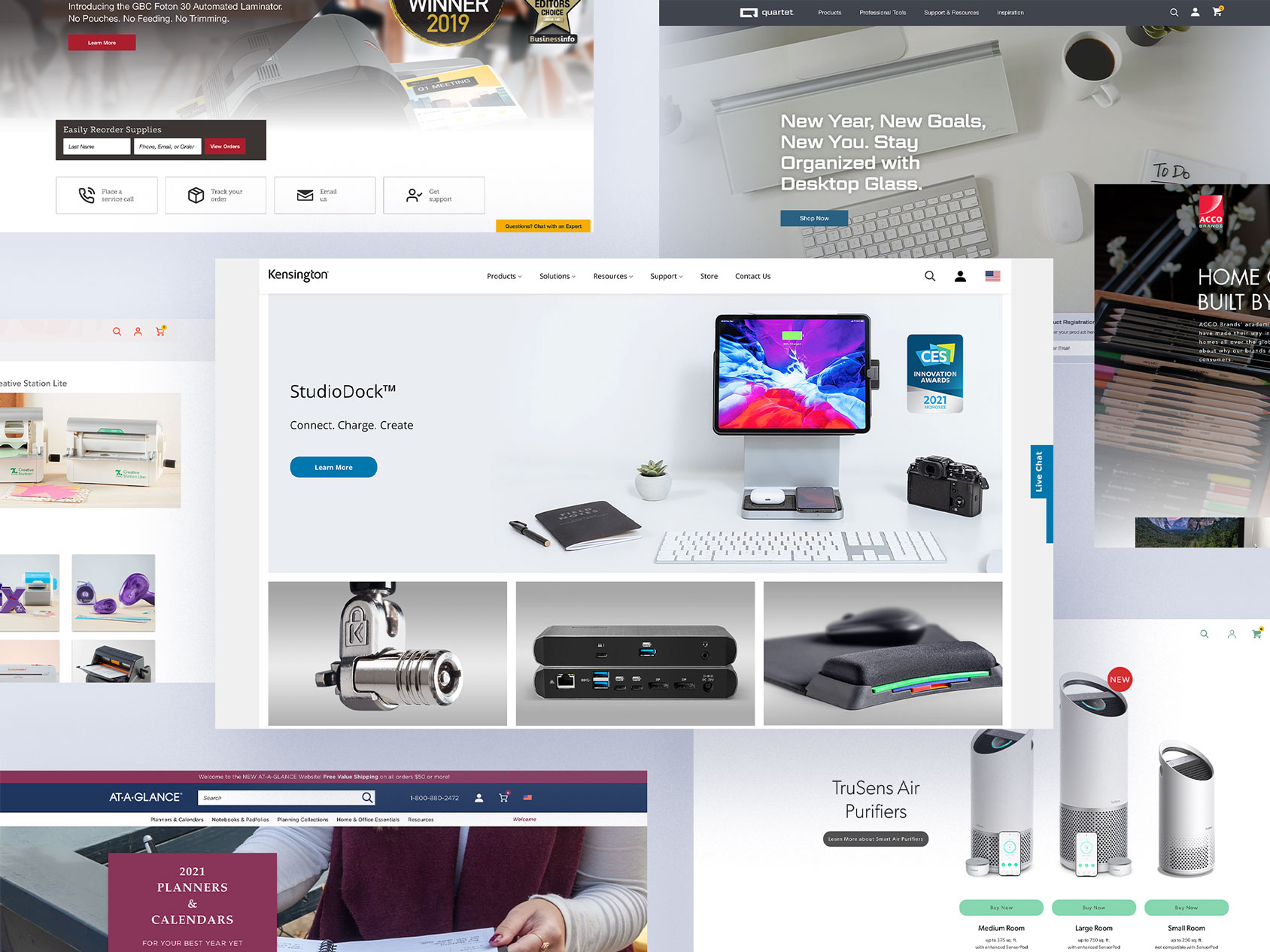
A business with severe technical debt in need of a strategy for the acquisition and retention of customers, across a group of eight brands.
By leveraging a pattern library and a lean approach to research the business can rapidly define and deploy a new digital strategy across brands.
The approach chosen to manage the project required the first brand as a guide for the rest of the work. This lead to an issue keeping brand specific stakeholders focused on the bigger ecommerce picture.
In hindsight a better approach would focus on creating an agnostic framework first, based on best practice patterns, and fold in the unique brand experiences after.
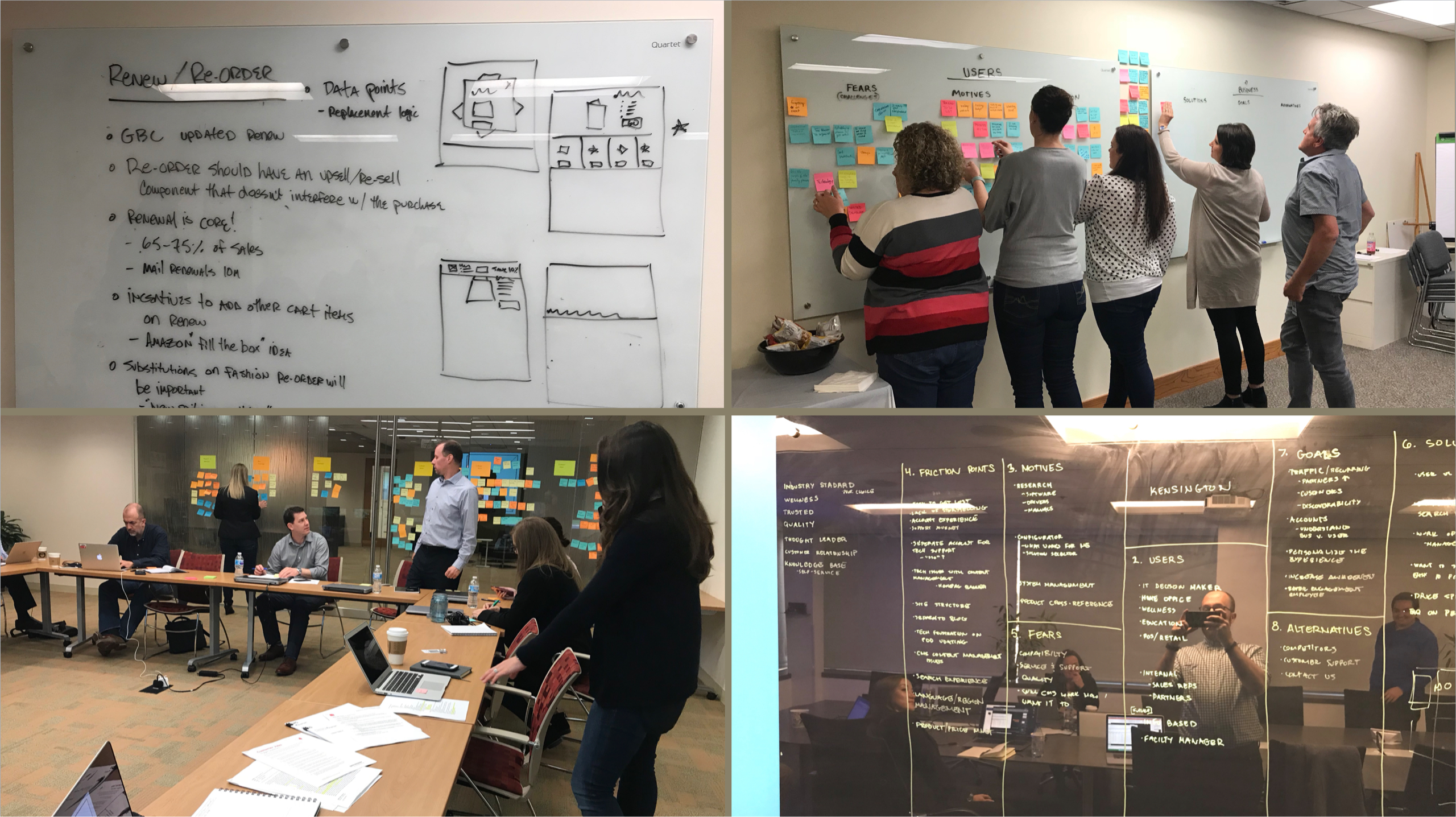
The first step meant meeting with the project sponsors, on the client side, to understand their needs and begin to set the guiding principles for developing the program.
We accomplished this by bringing the client team on site for a three-day kick off meeting. During the on site sessions we focused on three key areas designed to gain a full understanding of the current state and enable us to identify how we can affect change in a positive way.
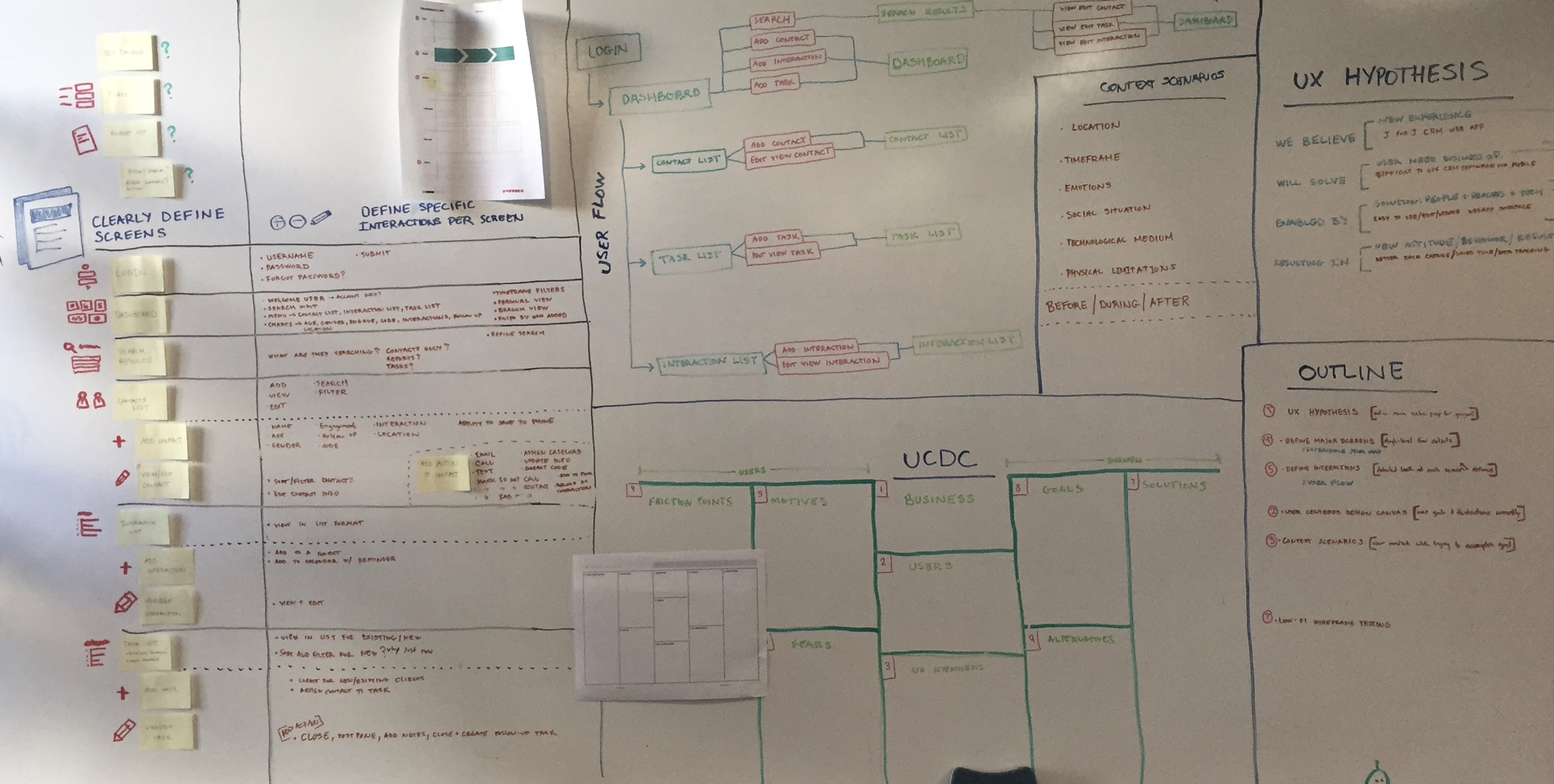
After meeting with stakeholders the next step was to dive into the data we uncovered and begin to identify and build a long term strategy.
The key challenge being the need to identify a solution that could be implemented at the parent level and then applied across all the major brands as they switched from their current e-commerce solution.
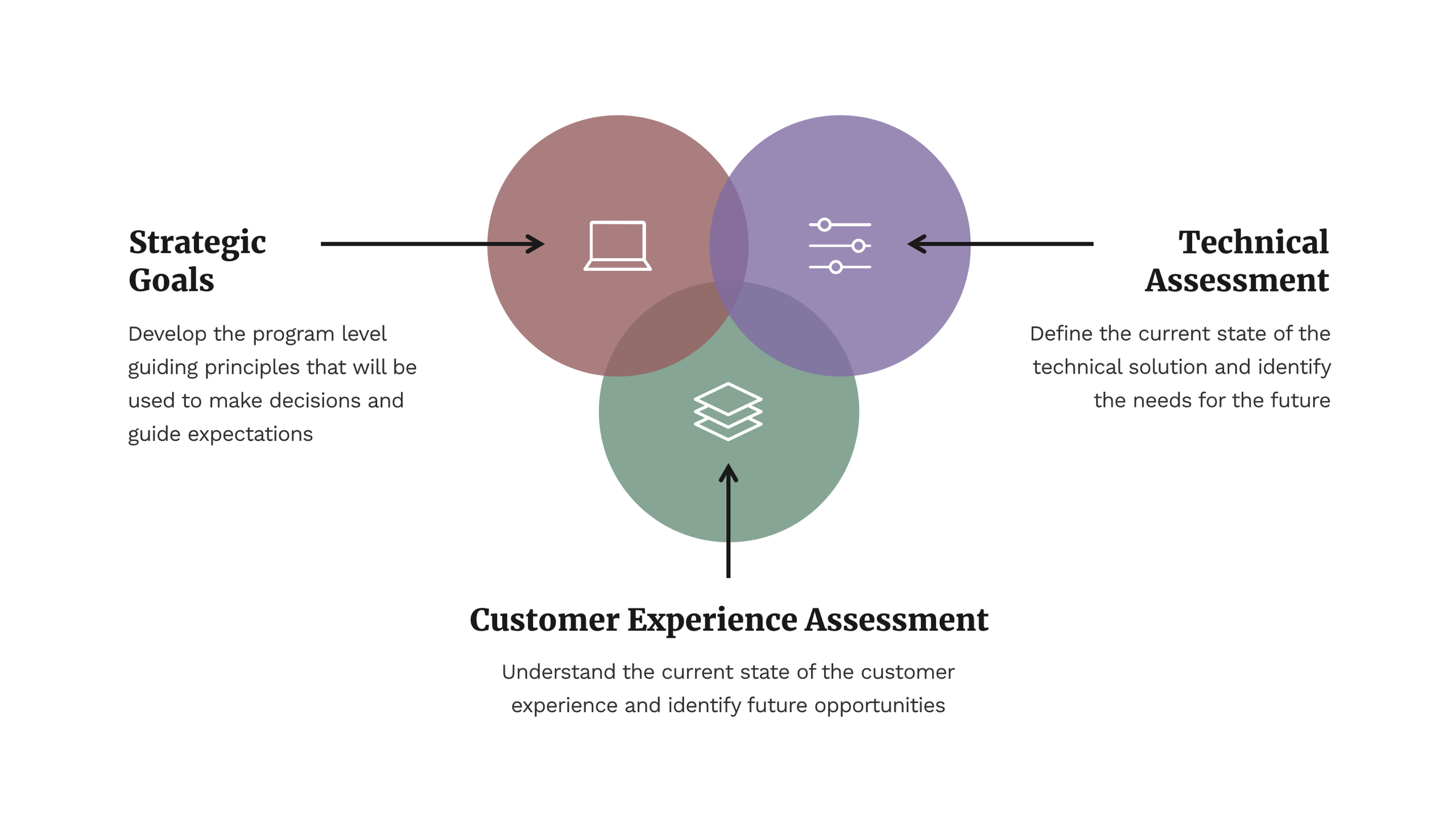
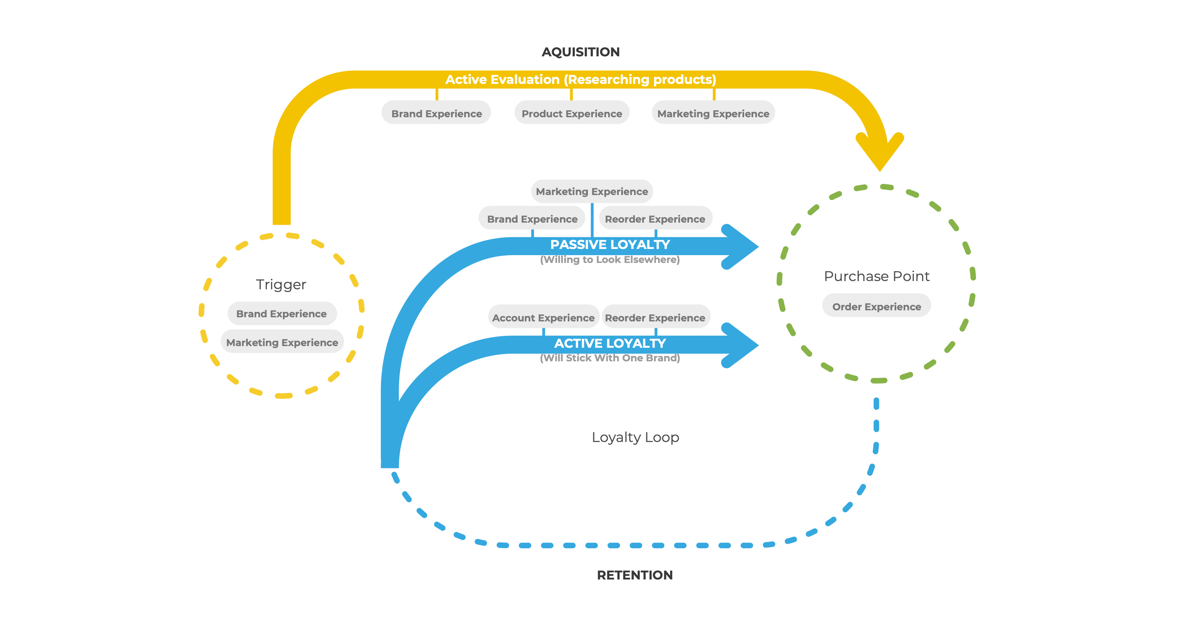
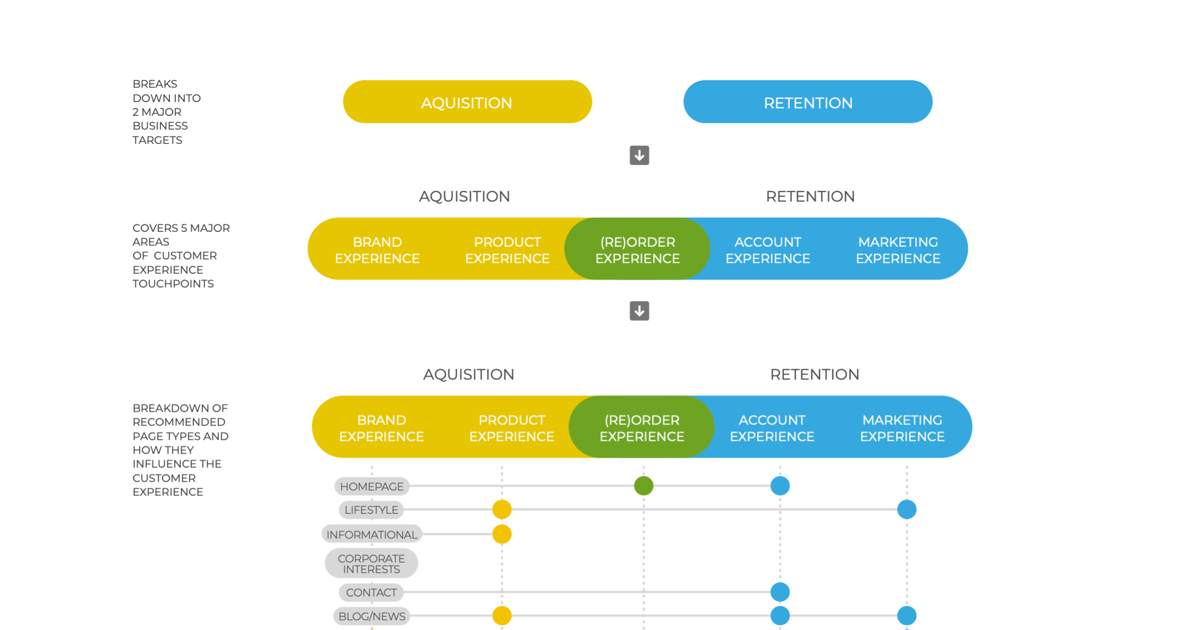
The resulting document centered around the implementation of a strategy I devised called The Customer Engagement Model.
The model leveraged established concepts from the McKinsey Consumer Decision Journey Loop to identify a new way for the client to implement content and commerce across their web properties.
It focused on braking down the experiences into core page types and identifying where they fall in the customer journey. This is then used as a guide, for brands entering the program, to leverage and begin createing content within the system in an effort to creat emotional connections with their users and grow online sales.
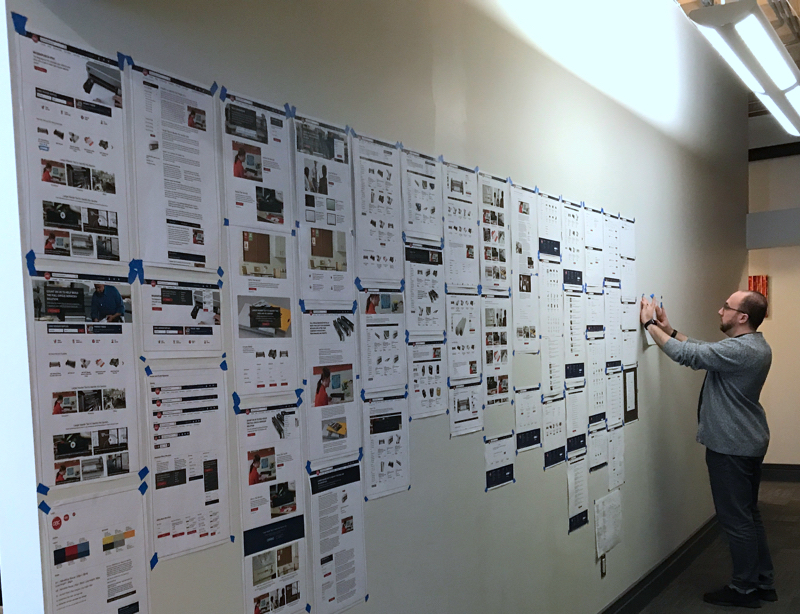
The first phase in the project meant utilizing the Customer Engagement Model and selecting which brand would go first. This brand would be tasked with simultaneously creating an experience to fit their needs and building the ‘base’ for the program that all subsequent brands would inherit. The process for this brand would include a Discovery, Definition, and Creation phase.
At this point in the project we have reached an efficiency for on-boarding new brands with a minimal amount of effort.
This means we are able to adjust the process and shorten the time (and cost) to market. This is where the true value proposition of the system becomes clear, when new brands can adopt the program, gain access to a set of experiences that allows them to better compete in the e-commerce space, and still differentiate their brand.
The program also offers easier maintenance and long-term optimizations by having all brands using a shareable system.
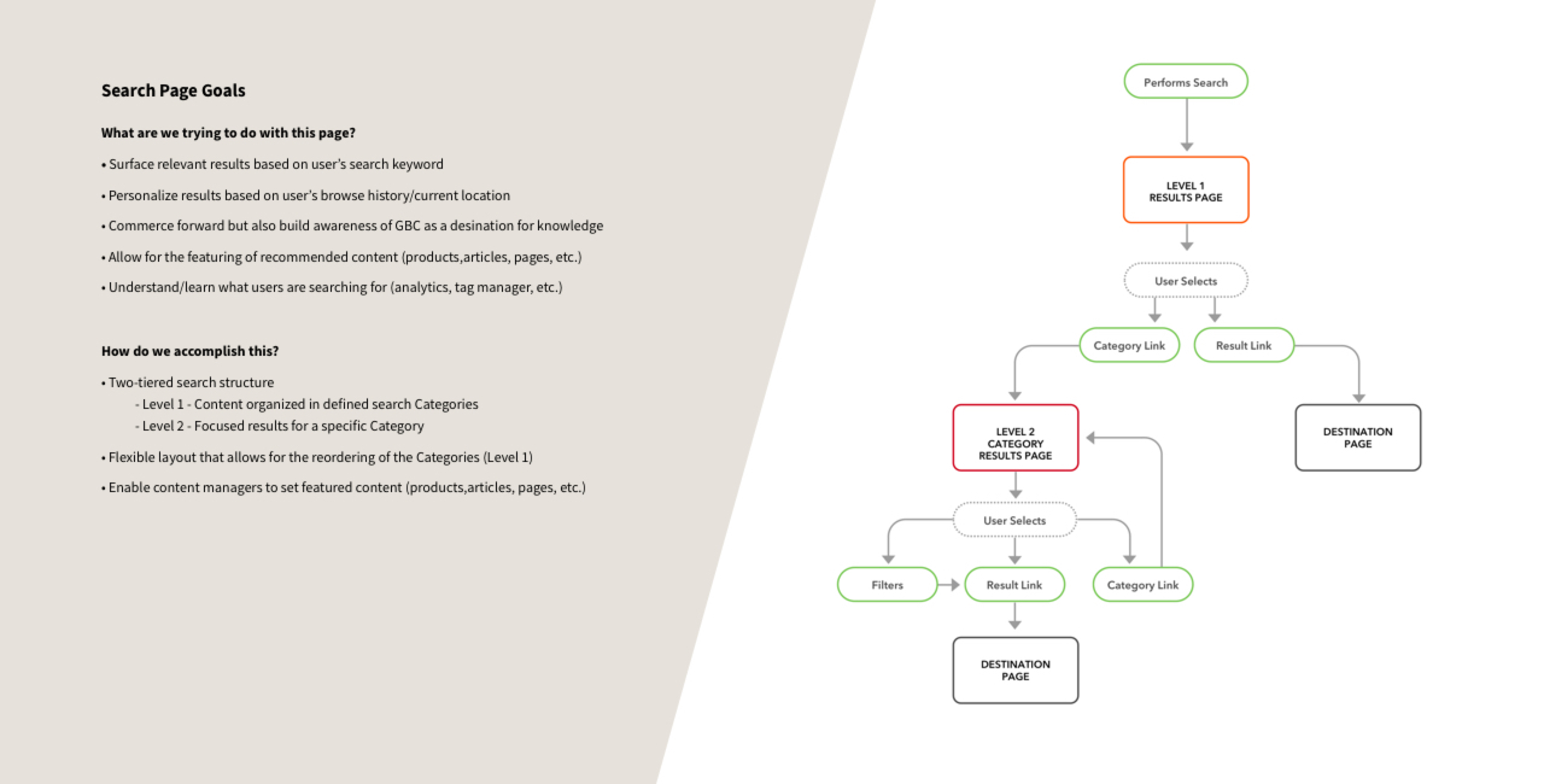
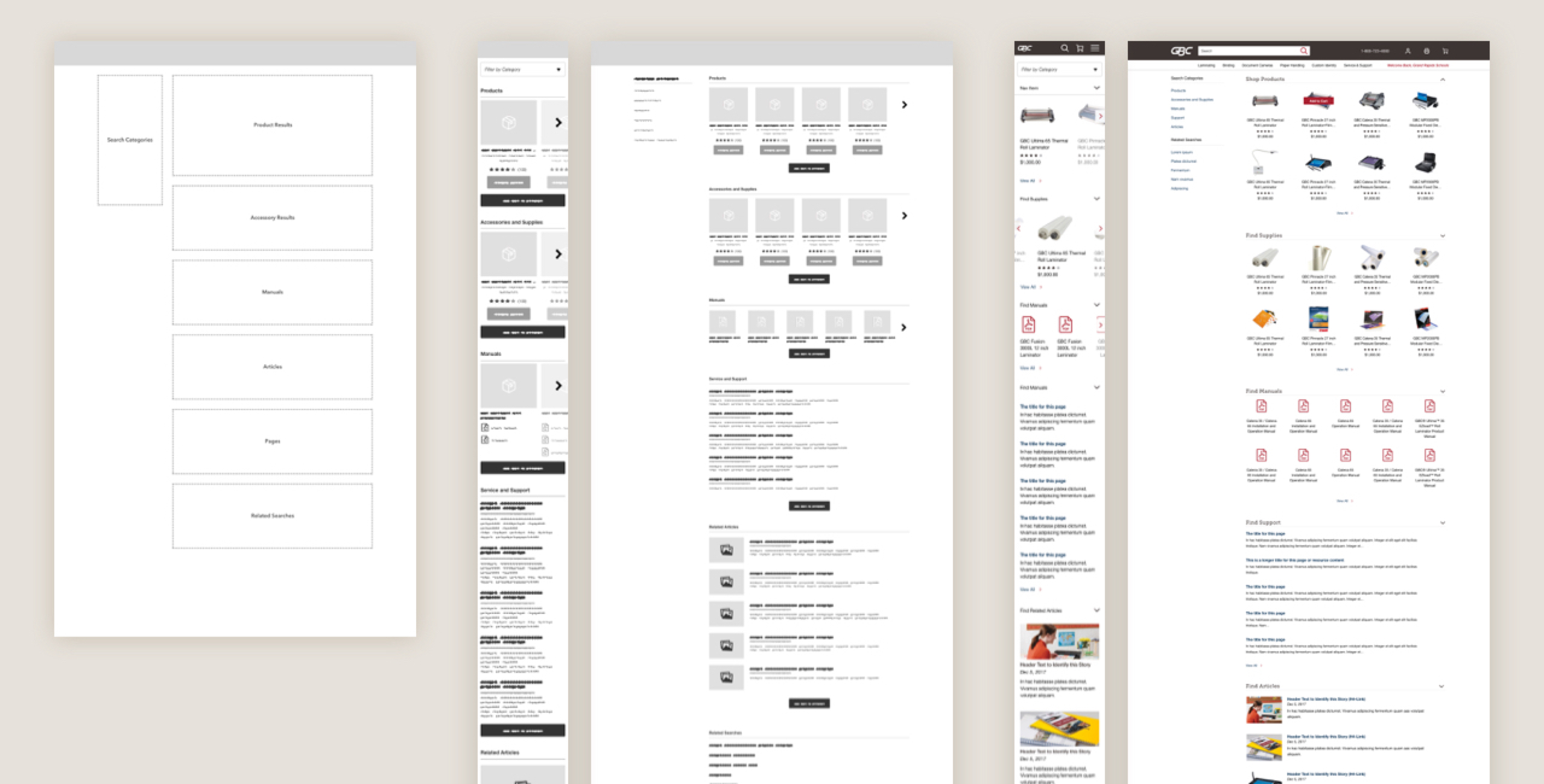
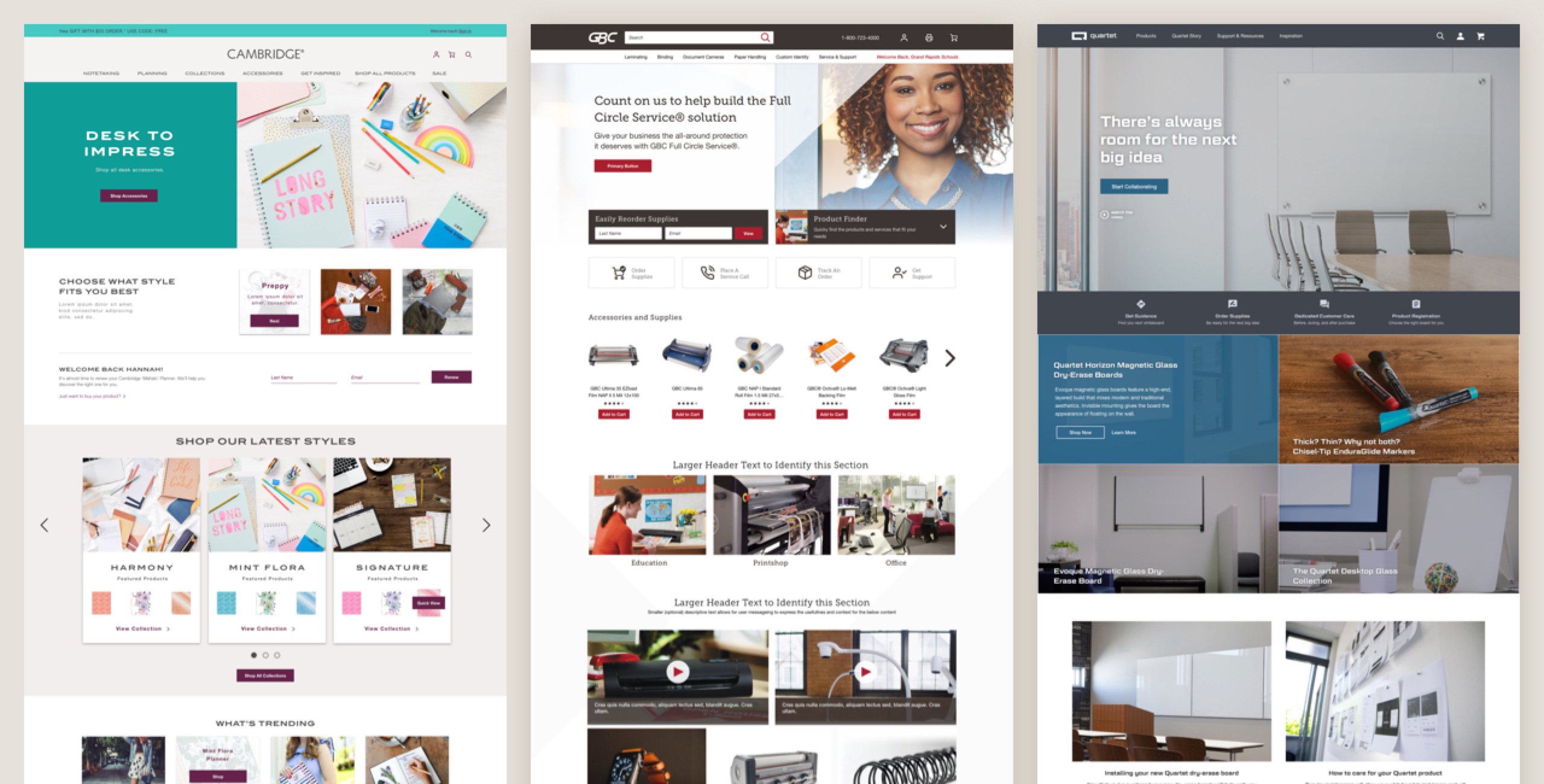
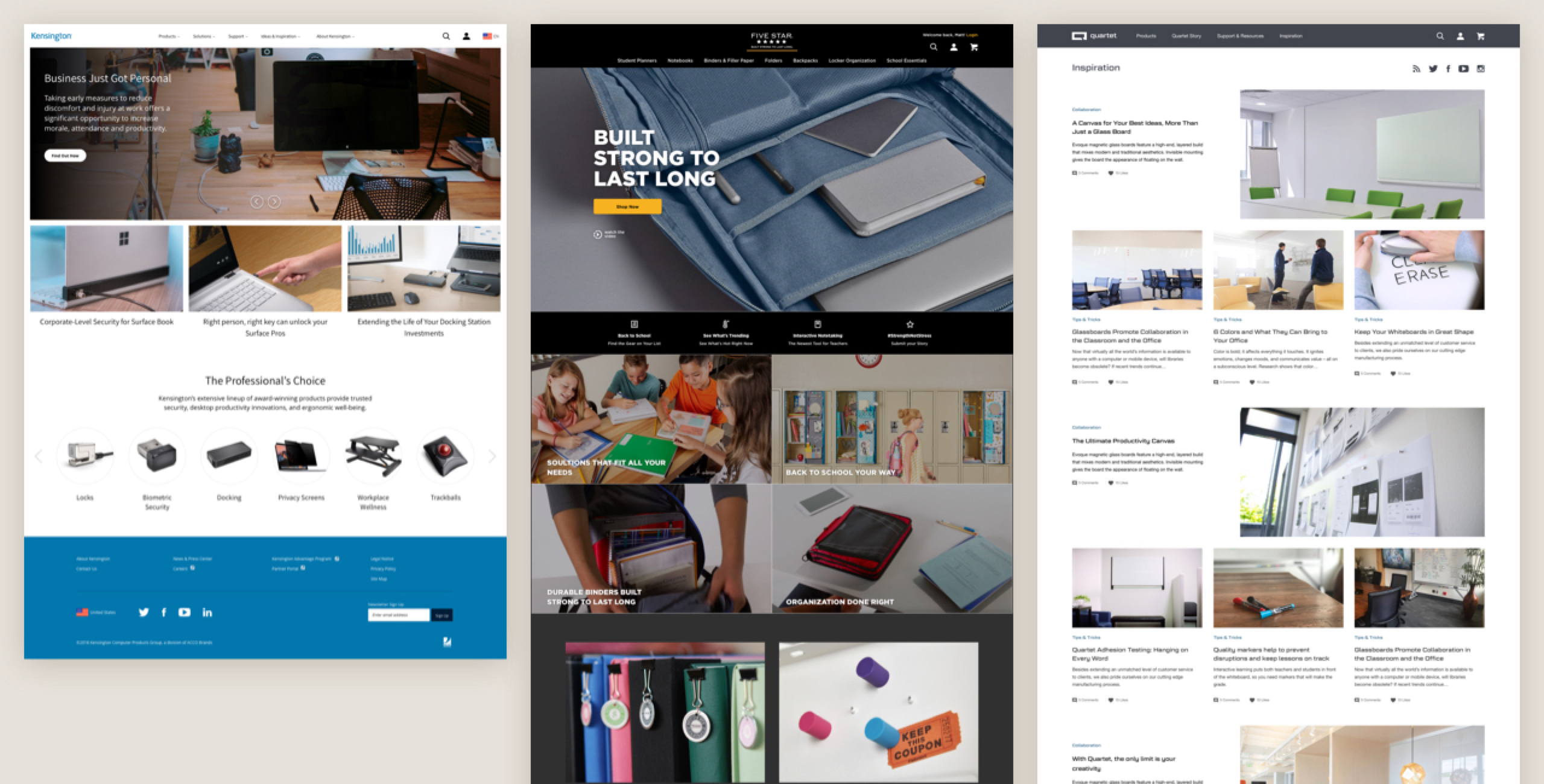
Alongside new brands adopting the program and being phased into the system we continue to monitor the experiences in an effort to identify areas that need improvement.
We performed lean testing directly related to conversions and optimizing the flow of customers through the purchase journey.
This approach involved analytics reporting, heat-maps and video sessions of user visits, followed by usability testing to validate new ideas.
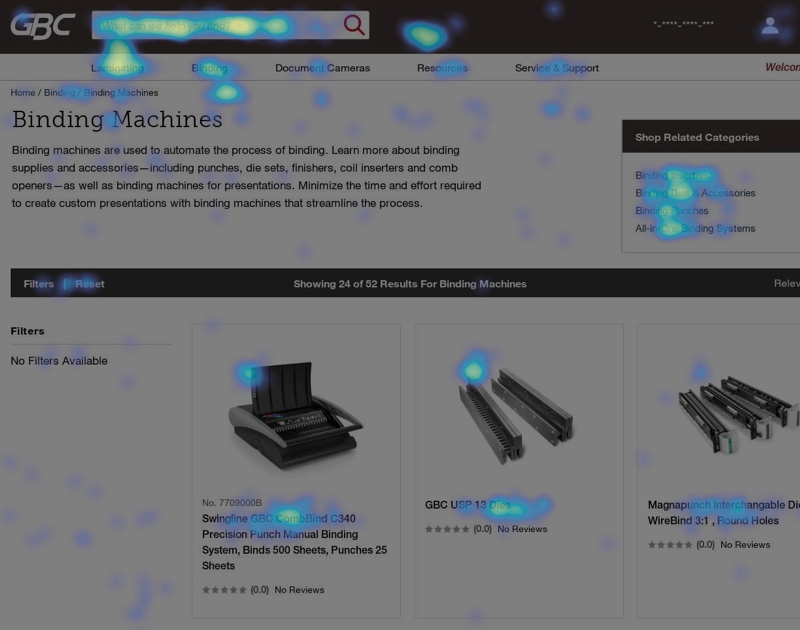
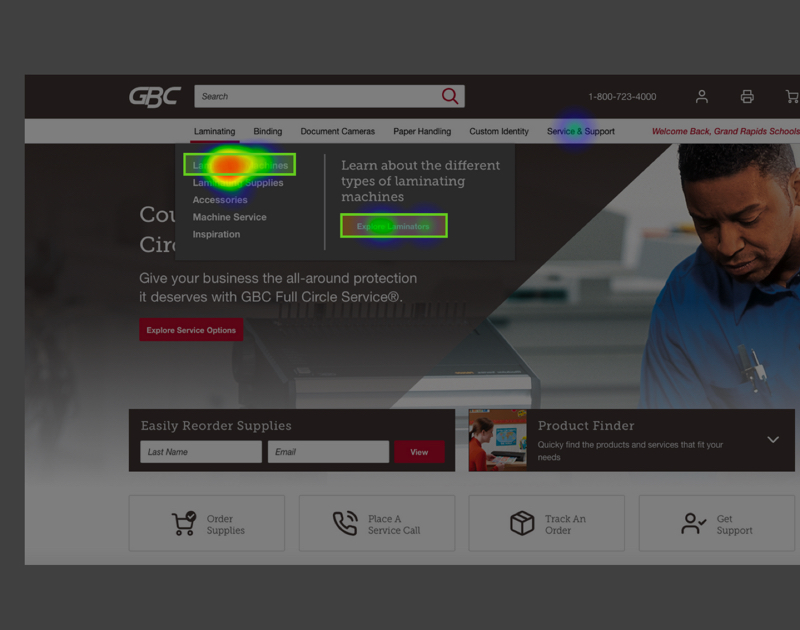
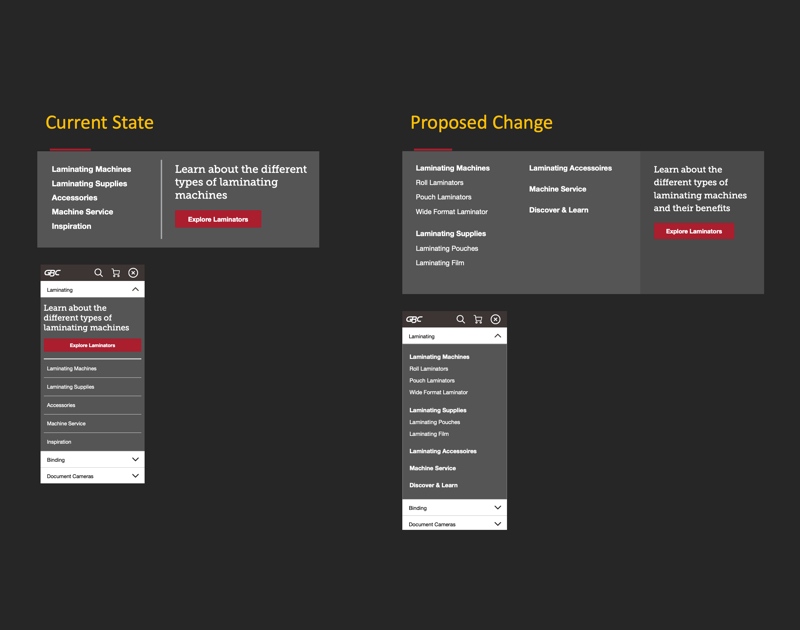
matthew.smith10[at]gmail[dot]com